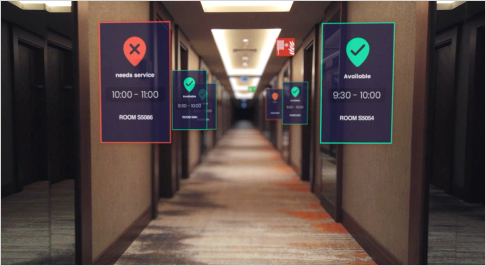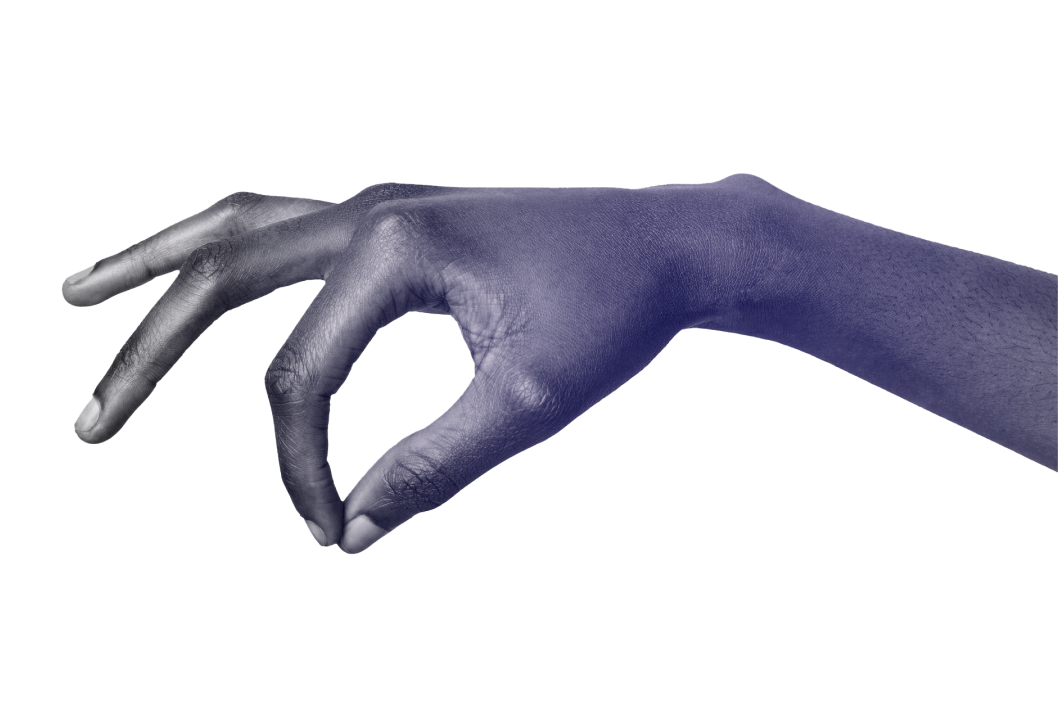Spatial computing—blending digital content with our physical
environments—stands to alter the very underpinnings of our
relationship with technology and devices.
We're in a time of plasticity, as we watch MR and VR move
from the fringes to the mainstream. But we still have much work to
do— now is the time for us to determine modalities,
interactions, and a new language for this primarily
hands‐free, heads‐up interface.
-
 AI‐generated image by Midjourney
AI‐generated image by Midjourney -
argo's work in spatial computing stretches back to our strategic design partnership with Magic Leap, helping develop the structures of a computing pattern that will be the basis of the metaverse. We've been thinking about this for some time.As more people see spatial computing for what it will be—intimate and tangible instead of obtrusive and abstract—we can stop debating what the metaverse will look like and start imagining its place alongside us.
-
 AI‐generated image by Midjourney
AI‐generated image by Midjourney -
Read how argo is defining new patterns in computing
MR, VR, metaverse, digital twins, placefulness
Read more on Medium
Our vision for a new generation of computing
focuses on the value of placefulness.
focuses on the value of placefulness.

-

-
Early wearable mobile computers are still works in progress. They're mostly being used in limited enterprise solutions or theme-park-like marketing experiences. What will it take for consumers to adopt this new pattern of computing?Our product vision examines the form, value, and user stories of a consumer-grade XR headset.What will the metaverse actually look like?
Read more on FastCompany
-

-
People expect to spend at least 4 hours a day in the metaverse
The metaverse has entered the mainstream
Read more on Quartz
beyond





